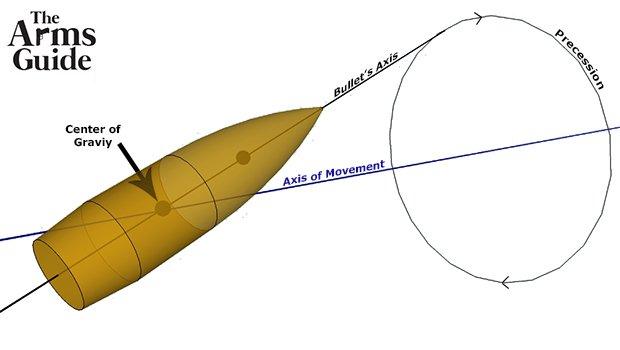Mikecr
Well-Known Member
My first contention with this: Fully stable is just that. There is no more stability than that.
Also, many people get completely lost about gyroscopic stability -when they see it from an RPM perspective.
RPM is revolution per TIME.
Sg is displacement per revolution. There is no time in the parameter.
Each revolution gyroscopically counters over turning moments in a given displacement.
Displacement is relative to what is displaced (like an amount of air density), and the error moments are relative to a bullet's reactions -to displacement. For instance, drag is a bullet's reaction to air density. Bullet errors from true flight, perhaps due to marginal stability, increase drag. And BC drops with lower stability (itself).
It's easy to show examples of RPM notions failing stability tests, but I got stuff to do today.
One other thing; bullets can't be gyroscopically stable at 100yds while NOT gyroscopically stable at 600yds.
It doesn't work that way. We can't make it work that way. It isn't happening.
Also, many people get completely lost about gyroscopic stability -when they see it from an RPM perspective.
RPM is revolution per TIME.
Sg is displacement per revolution. There is no time in the parameter.
Each revolution gyroscopically counters over turning moments in a given displacement.
Displacement is relative to what is displaced (like an amount of air density), and the error moments are relative to a bullet's reactions -to displacement. For instance, drag is a bullet's reaction to air density. Bullet errors from true flight, perhaps due to marginal stability, increase drag. And BC drops with lower stability (itself).
It's easy to show examples of RPM notions failing stability tests, but I got stuff to do today.
One other thing; bullets can't be gyroscopically stable at 100yds while NOT gyroscopically stable at 600yds.
It doesn't work that way. We can't make it work that way. It isn't happening.

